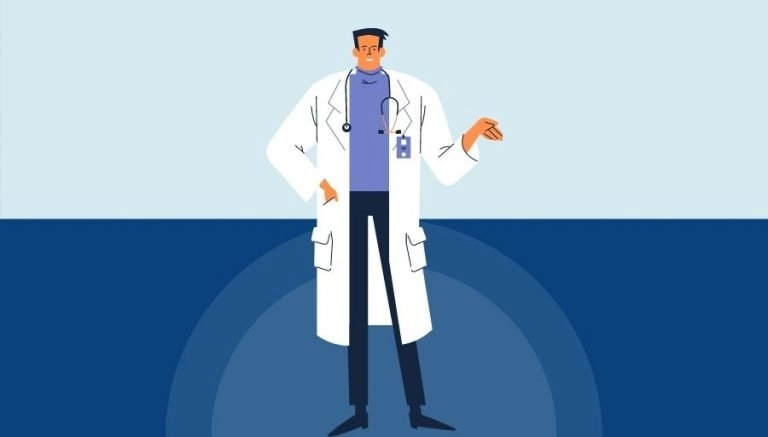How To Use CPT Code 41823
CPT 41823 describes the excision of osseous tuberosities and dentoalveolar structures. This article will cover the description, procedure, qualifying circumstances, appropriate usage, documentation requirements, billing guidelines, historical information and billing examples.
1. What is CPT Code 41823?
CPT 41823 is used to describe the surgical procedure in which a healthcare provider removes bone tissue from the dentoalveolar tuberosities. This code is specifically used when the provider needs to reshape the bone structures in the mouth, such as the teeth and the supporting structures surrounding them.
2. Official Description
The official description of CPT code 41823 is: ‘Excision of osseous tuberosities, dentoalveolar structures.’
3. Procedure
- When performing CPT 41823, the healthcare provider begins by preparing and anesthetizing the patient.
- An incision is made through the oral mucosa to expose the underlying bone.
- The provider then uses surgical tools, such as drills, to remove bone tissue from the tuberosities.
- If necessary, the provider may also remove some soft tissues to achieve the desired bone shape.
- After reshaping the bone, the provider checks for any bleeding, removes any instruments, and closes any incisions in the mucosa.
4. Qualifying circumstances
CPT 41823 is performed when there is a need to remove bone tissue from the dentoalveolar tuberosities. This procedure is typically done to reshape the bone structures in the mouth, such as in cases where the patient requires orthodontic treatment or when there are abnormalities in the bone structure. It is important to note that this procedure should only be performed by a qualified healthcare provider with the necessary expertise in oral surgery.
5. When to use CPT code 41823
CPT code 41823 should be used when a healthcare provider performs the excision of osseous tuberosities and dentoalveolar structures. This code is specifically used for the removal of bone tissue from the tuberosities in the mouth. It is important to ensure that the procedure meets the criteria outlined in the official description of the code.
6. Documentation requirements
To support a claim for CPT 41823, the healthcare provider must document the following information:
- Patient’s diagnosis and the need for the excision of osseous tuberosities and dentoalveolar structures
- Details of the procedure, including the specific bone tissue removed and any soft tissue removal if applicable
- Date of the procedure
- Any complications or unexpected findings during the procedure
- Signature of the healthcare provider performing the procedure
7. Billing guidelines
When billing for CPT 41823, it is important to ensure that the procedure meets the criteria outlined in the official description. The healthcare provider should also follow any additional guidelines provided by the payer. It is important to note that CPT code 41823 should not be reported with other codes unless specifically indicated by the payer.
8. Historical information
CPT code 41823 was added to the Current Procedural Terminology system on January 1, 1990. There have been no updates to the code since its addition.
9. Examples
- A dentist performing the excision of osseous tuberosities to reshape the bone structures in a patient’s mouth for orthodontic treatment.
- An oral surgeon removing bone tissue from the dentoalveolar tuberosities to correct abnormalities in the bone structure.
- A maxillofacial surgeon performing the excision of osseous tuberosities and dentoalveolar structures to prepare the mouth for dental implants.
- A periodontist removing bone tissue from the tuberosities to address periodontal disease and improve oral health.
- An oral and maxillofacial surgeon reshaping the bone structures in the mouth to improve the fit and function of dentures.
- A prosthodontist performing the excision of osseous tuberosities to create a more aesthetically pleasing smile for a patient.
- An oral surgeon removing bone tissue from the dentoalveolar tuberosities to address temporomandibular joint (TMJ) disorders.
- A dental surgeon performing the excision of osseous tuberosities to correct malocclusion and improve the patient’s bite.
- An orthodontist removing bone tissue from the tuberosities to create space for tooth movement during orthodontic treatment.
- An oral and maxillofacial surgeon reshaping the bone structures in the mouth to address facial asymmetry.



